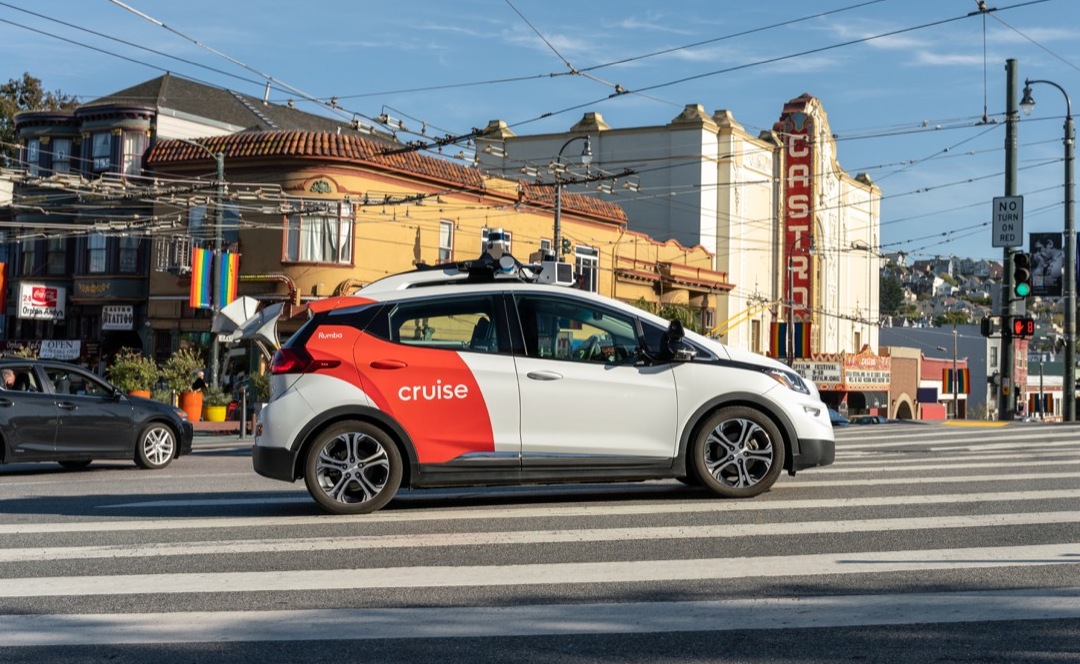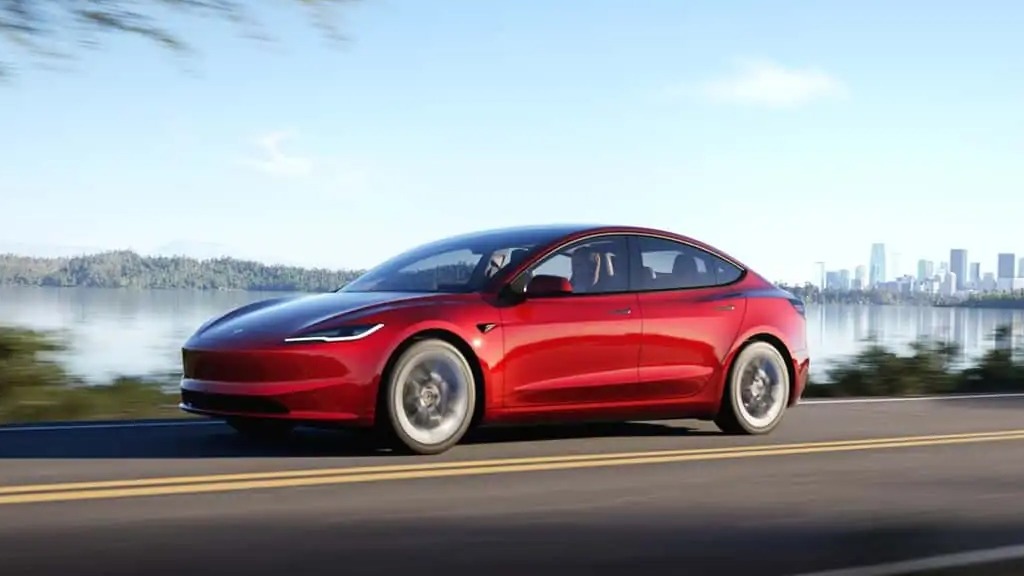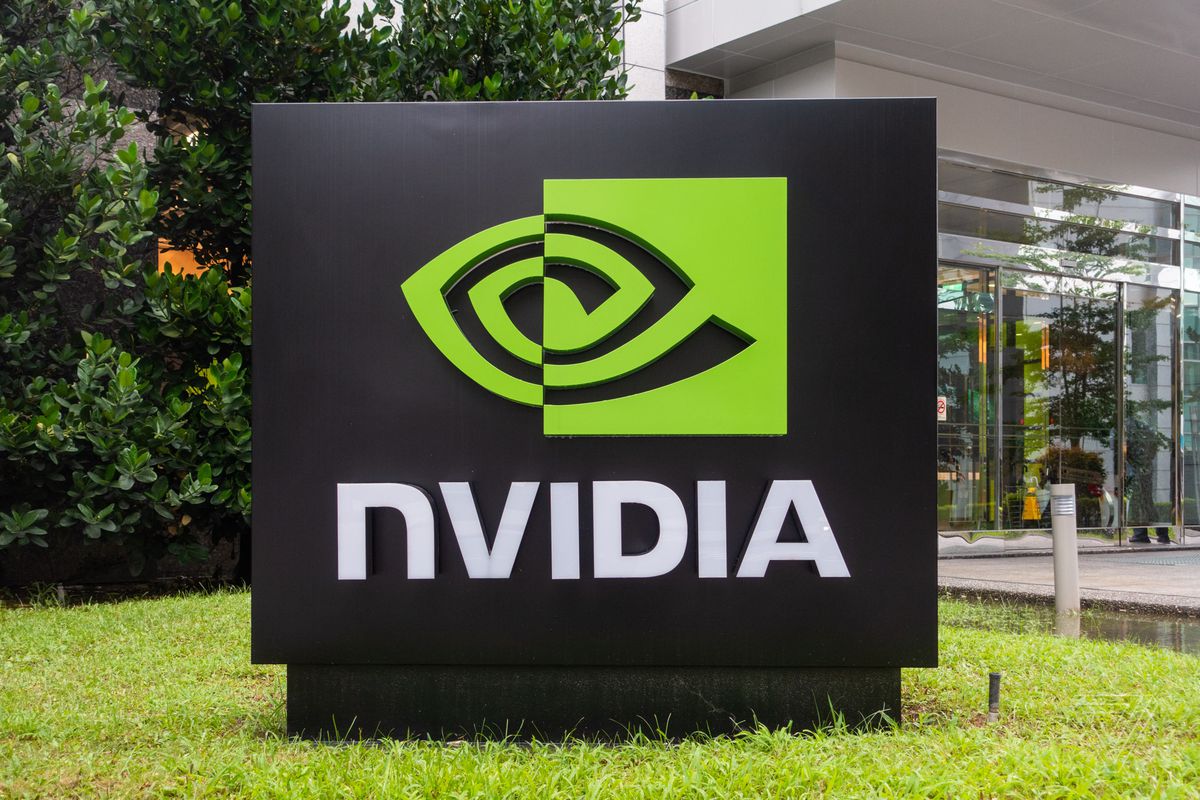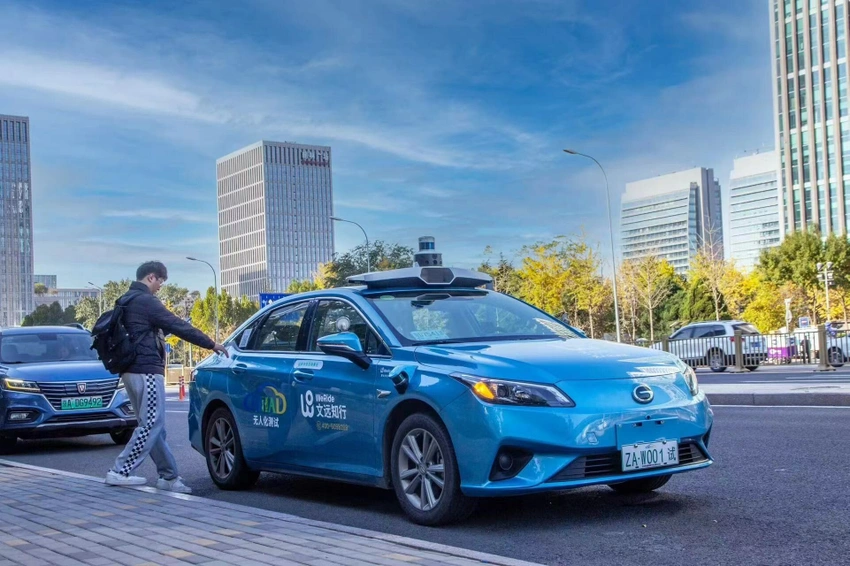Cruise, the self-driving taxi project under General Motors, has announced plans to reintroduce its autonomous cab service in a yet-to-be-disclosed U.S. city. This move comes in the wake of California’s recent ban on Cruise vehicles offering rides on public roads after an incident involving a pedestrian and a human-driven vehicle.
Following the ban, GM’s autonomous taxi unit temporarily halted all supervised and manual car trips across the United States, leading to internal changes, including the departure of CEO Kyle Vogt and Chief Product Officer Daniel Kan. Additionally, production of the Origin driverless pod, designed without a steering wheel to accommodate multiple passengers, was put on hold.
See also: Cruise CEO Kyle Vogt Steps Down Amid Challenges, Hands Over Reins to Mo Elshenawy
Reuters reports that Cruise will prioritize the Bolt EV-based autonomous vehicles, which were involved in multiple incidents over the past year, while maintaining the Origin in its long-term strategic plans.
Given the recent ban in California, the return of GM’s robotaxis is unlikely to be in that state. Texas emerges as a more plausible option, considering Cruise’s existing operations in Phoenix and Austin, where regulators have shown a more lenient stance toward GM’s autonomous cabs.
Cruise released a statement outlining its strategy, stating, “Once we have taken steps to improve our safety culture and rebuild trust, our strategy is to re-launch in one city and prove our performance there, before expanding.”
The unit also informed employees via email about upcoming job cuts, primarily in non-engineering roles, with more details expected in mid-December, according to Reuters.
See also: Cruise Recalls 950 Driverless Cars Following Accident
Financially, Cruise faces challenges, with General Motors reporting losses exceeding $700 million at Cruise in the third quarter of this year alone and accumulating over $8 billion in losses since 2016. Despite previous optimistic projections by GM CEO Mary Barra, suggesting potential revenues of up to $50 billion by the end of the decade, Cruise has struggled to achieve financial sustainability under GM’s ownership.







